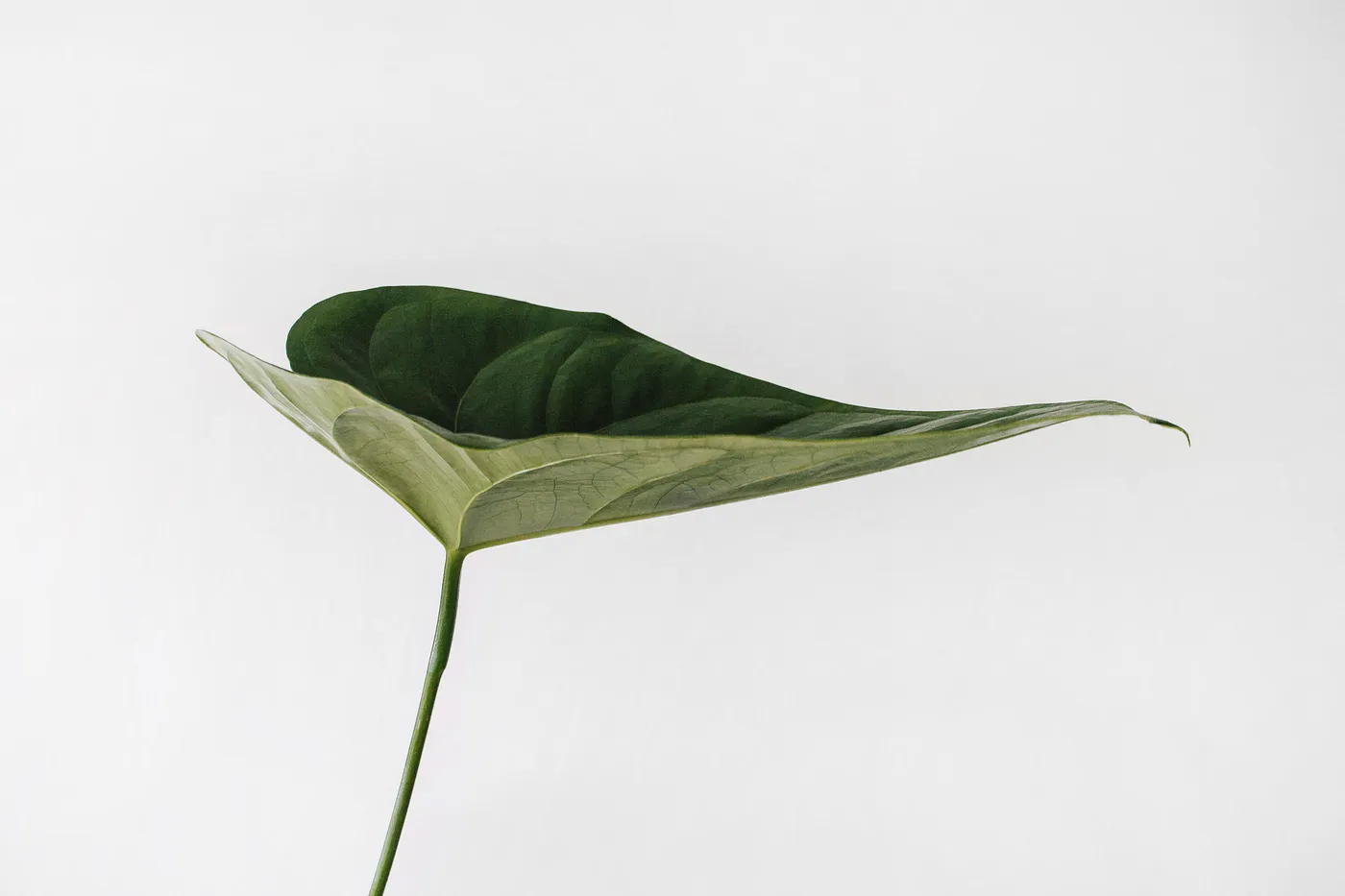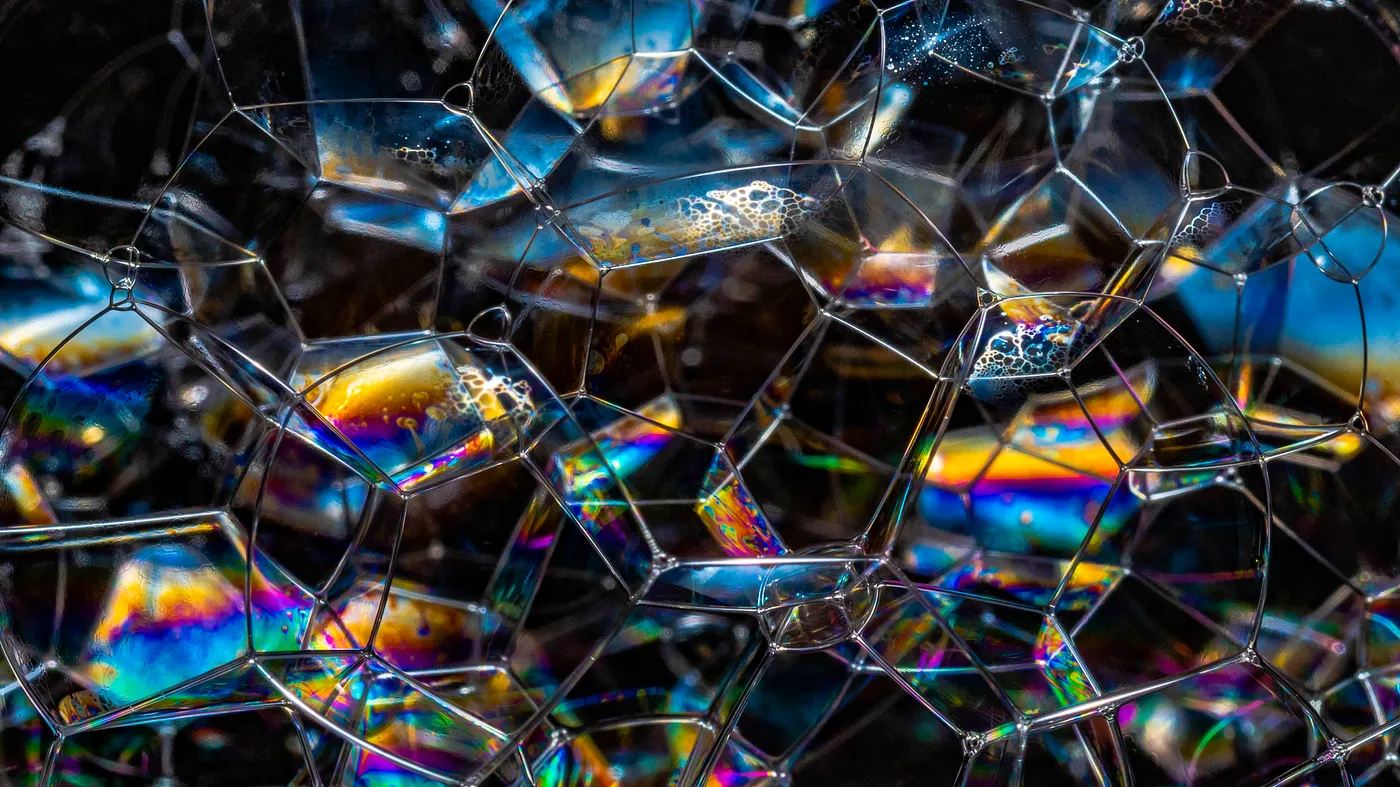Scientists and Society: A Misunderstood Divide
To an outsider, it might look like that scientists and non-scientists differ a lot. Many people think of scientists as people too rigid and idiosyncratic. And in many popular movies and televison series, they are portrayed as people who have a difficult time in social situations. We know from experience that this is not entirely false. It is said that the people who were sent by the queen of England to receive Einstein couldn’t recognise him because of his attire. This might very well be true. Many religious people have been blaming scientists as too dry of a people. They constantly accuse them as being inferior when it comes to knowing and understanding what life is all about. But given the premise that science is all about curiosity and venturing into knowing the hidden aspects of nature, is it fair enough to think of scientists as people of a different class or at most, as guys too rigid for life and beauty to play around? Lets find out.
 Photo by Sarah Dorweiler on Unsplash
Photo by Sarah Dorweiler on Unsplash
The Beauty of Symmetry and Natural Laws
Is a flower beautiful? If yes, to what an extent? Is beauty a vague enough term to be defined in terms of degrees and equations? Can we afford doing that? If not, isn’t the meaning of it muddled in the subjective interpretation of what it means to us rather than what it really is? Physical system might appear to be random, disorganized and entropy hunger, but these follow natural laws which are the manifestation of deeper symmetries. One can argue that there is an element of beauty in these symmetries that are fundamental to the way the universe behaves. Symmetry is pleasing to the eye and the mind, and it is often used to represent mathematical concepts, such as in the famous Mandelbrot set. Is this realm of deeper beauty, so to say, open to everyone? Can everyone appreciate the element of beauty present in these very laws?
 Photo by Lanju Fotografie on Unsplash
Photo by Lanju Fotografie on Unsplash
Feynman’s Perspective: A Scientific View of Beauty
A friend of Feynman who was also an artist once asked him “Look at this flower. See how beautiful it is. But you physicists come along and split it all into different things enough to be seen it as a dull thing.” Feynman agrees that he might not be as refined as his friend when it comes to appreciating the aesthetics of the flower. But at a personal level he doesn’t agree that he is any less when it comes to seeing the beauty of a flower. Infact, he argues that he gets to supplement the macroscopic beauty that he sees, with his ideas and knowledge of science. Why is the flower beautiful? Is it also as beautiful to microscopic insects that are attracted to it? Is the harmony between these mutually tolerant quasi-stable microscopic states of existence any less beautiful than the beauty that we see at macroscopic level? Only a scientist can afford to understand and appreciate these streams of thought while still being wowed by the magnificence and beauty of things he sees around.
The Subjectivity and Universality of Beauty
Beauty might be thought of as a subjective something pertaining to the preferences of a person. But when we get to compare things, we clearly see the line of demarcation of what beauty is and what it isn’t. Isn’t it always beautiful to get to see a bud develop into a flower? Never has a puppy ceased to look beautiful. Neither is rain any less. So what is the work around this? Do we know consciously if we like something and if so, do we also know the reasons behind it? Being able to see the higher picture only supplements the macroscopic beauty at play. Professionally, scientists are the only class of people who can afford to appreciate the larger order of beauty at play irrespective of whether they know it or not.